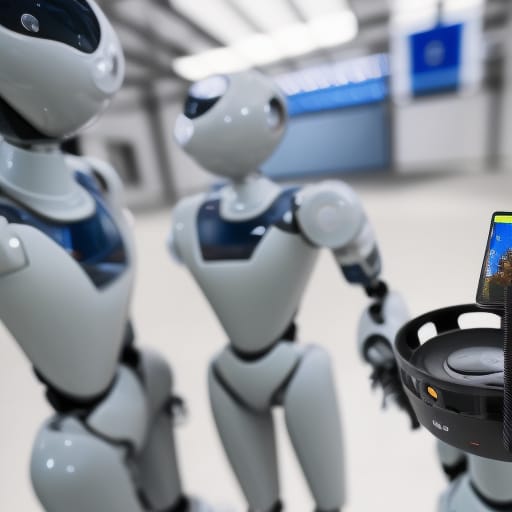Over the past few years we have seen Web 2.0 technologies being established in our personal and professional lives. Social networking tools are being used to keep us connected with friends, family, and colleagues across space and time. In business, technology has ignited a new era in collaboration and social interaction to bring customers closer to those who market, sell, and support their products and services. But we have still not seen this bring about a new era in collaboration among workers within the enterprise.
In January 2011, Tomi Ahonen wrote the Fortune 500 CEO Guide to Mobile, which brought to my attention the on-going technology revolution that we are currently experiencing—the steady move to mobile. It was not just the speed and scale of adoption that is impressive (and it is extremely impressive). It is the way that mobile is permeating every aspect of our personal and professional lives. It is the way that it is transforming almost everything that we do, and the tools that we use to do them.
However, I still believe that we are only seeing this transformation in its infancy. It has started with the adoption of platform technologies (mobile, Internet, Web 2.0), but we have yet to see a cultural transformation to accompany the technological revolution at the scale we are seeing. We have yet to see Enterprise 2.0 yield gains in productivity at work that are comparable to the improvements in our interpersonal relationships on Facebook, Google+, and LinkedIn. Blogs, Wikis, Instant Messaging, and the gradual enabling of tools to become more social are adding incremental value to our business processes, but they are not fundamentally changing the way we do business.
We still drive to the same office and largely interact with our colleagues face-to-face or by audio conference and with web conferencing (and accompanying presentation tools) as a visual aid. The manner in which we facilitate work between remote participants remains awkward and inconvenient. Awkward and inconvenient in that audio and video conferencing provide a very poor user experience in the following ways.
- Only a single person is able to speak at once. Interruptions are inevitable. Often the individuals who speak the most do not yield sufficient time for others to contribute their ideas and opinions. It is sometimes not clear whether the most valuable insights have actually been discussed, because the person moderating the discussion has not structured it to give time to key participants at key points in the conversation. Time is allocated according to the aggressiveness (and courtesy) of the speakers, usually in proportion to rank, as opposed to the merit of their content.
- Forcing conversations to happen in real time limits the forum due to participant availability (i.e., conflicting schedules, time zone differences), attention span (i.e., often our thoughts are occupied by other priorities), and preparedness (i.e., expecting participants to have reviewed material beforehand in preparation to reach consensus). Some people do not perform well in this setting; they perform better when given time to collect their thoughts. Some people respond better in writing.
- Although audio and video can be recorded for later playback, it is not a digital transcript whose content can be indexed and searched. A scribe may take notes and publish minutes, but this is labor intensive, and the result is not a full-faith representation of the conversations.
- Often a key participant is not included in a meeting, because the organizer was not aware of that person’s capabilities until later.
For the preferred mode of collaboration in the enterprise to evolve from real time conferencing to a format that overcomes the above deficiencies, we need a culture that relies less on real time collaboration and more on online tools that bring people together to work more closely, while allowing them to be more decoupled in space and time.
Clearly we need better tools to fulfill this need. We have seen tools like Google Wave appear and quickly disappear. Google Wave failed to integrate with enough supporting tools to enable collaborative editing, peer review, and post-processing (interchange) of a broad range of content (documents, images, audio, video, presentations, conferences, models, charts). It failed to integrate with enough supporting applications to participate in real world business processes. But worst of all, it failed to provide a compelling paradigm or inspiration for a cultural shift to collaborate more effectively in real time and otherwise.
Where do we go from here?
Recognize that workers need to collaborate with greater decoupling in space and time. Mobile computing with always-on smart phones and tablets is a fundamental enabler for such decoupling. Enterprise applications that run in the cloud are another element that enables the work force to collaborate using these devices. What we are missing is the right mix of applications and integration into business processes that support the new ways of doing work.
As the corporate office, desk, desktop computer, and telephone become extinct, we must anticipate how a mobile always-on work force will need to work. We must develop applications to facilitate this new work paradigm where activities are often time-shifted; and real-time collaborations are between remote workers, who may be anywhere (e.g., at home on the couch, at the coffee shop, in the airport, in-flight on an airplane, driving an automobile). We will know that the revolution has arrived, when the culture in the enterprise considers it more natural to do work using mobile devices from anywhere and at all hours rather than at the office during office hours.







